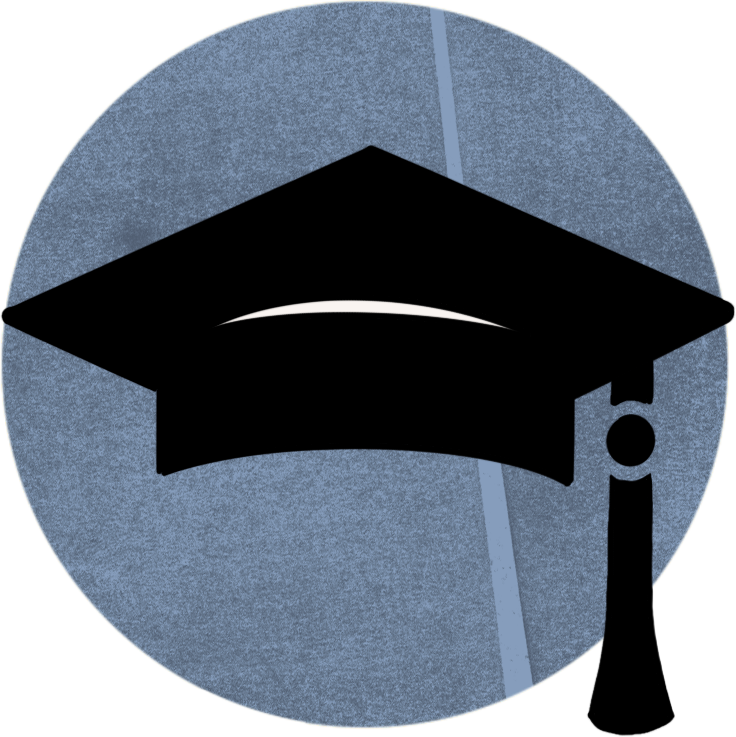Algebra 2 B; Part 1
In this course, students will learn, practice, and apply skills and strategies that will help them grow into strong mathematical thinkers. The course presents math as a complete subject to be studied, not merely sets of rules and formulas to be followed. Arriving at solutions is important, as are precision and vocabulary, but instruction does not center on procedural math only. Instead, instruction encourages depth of understanding, connections within and outside courses, flexibility of approaches, and usage of various tools. Daily instruction supports student learning of core algebraic concepts and development of procedural fluency regarding logarithms; exponential and logarithmic functions; finite geometric series; and storytelling with functions. Each instructional learning object is aligned to and framed by one of eight Standards for Mathematical Practice. Students are encouraged to use visual representations of their thinking to bridge their understanding between the concrete and abstract, allowing patterns and geometric principles to come to life. In peer model videos throughout the course, the learner’s peers demonstrate apply targeted mathematical skills, often using real-world examples. Instruction in 21st century skills further illustrates connections between mathematical concepts and real-world situations to support students’ development of the abilities, knowledge, and expertise they need to thrive in today’s world. Mathematical discussion prompts encourage students to revise misconceptions, uncover nuances in application, make connections to prior knowledge, identify patterns, and engage with vocabulary. Students are encouraged to share their thinking, justify their own solutions, read critically, and constructively critique the reasoning of others. The course is designed to support a growth mindset regarding math and encourages students to engage in productive struggle; instructional materials implicitly and explicitly remind students that mistakes are opportunities for learning and acquiring new skills. Together the course elements ensure the student grows as a mathematical thinker and develops the tools necessary for success at work and in life.
All Math Practice Standards © Copyright 2010. National Governors Association Center for Best Practices and Council of Chief State School Officers. All rights reserved.






